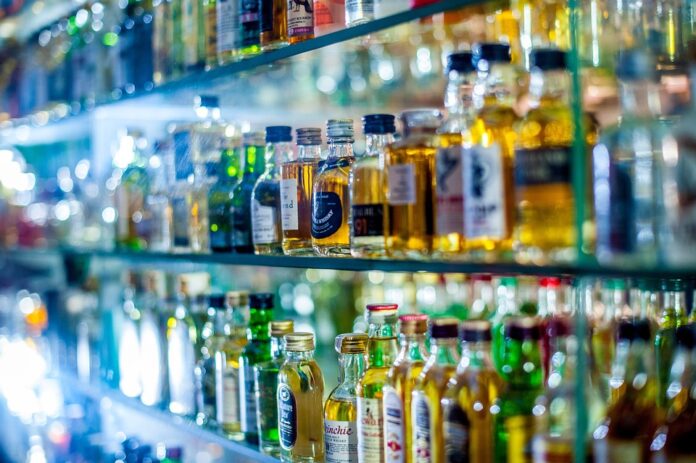Introduction
Alcohol regulation varies significantly across regions, impacting how companies can enter and operate in the market. Understanding these regulations is crucial for businesses looking to establish a presence in the alcohol industry. In this report, we will explore how alcohol regulation varies across regions and its effects on market entry.
Alcohol Regulation in Different Regions
North America
In North America, alcohol regulation is primarily done at the state or provincial level, leading to a patchwork of regulations across the continent. The United States, for example, has a three-tier system that separates producers, distributors, and retailers, making market entry more complex for new players. On the other hand, Canada has a more centralized system with provinces controlling alcohol distribution and retail sales.
Europe
In Europe, alcohol regulation varies widely from country to country. Some countries have strict regulations on alcohol advertising and sales, while others have more relaxed rules. For example, Nordic countries like Sweden and Finland have government monopolies on alcohol sales, making market entry challenging for private companies. In contrast, countries like Spain and Italy have more liberal alcohol regulations, allowing for easier market entry.
Asia
Asia also has diverse alcohol regulations, with some countries having strict laws on alcohol production and consumption. For example, in Muslim-majority countries like Indonesia and Malaysia, alcohol regulations are stringent, making it difficult for companies to enter the market. On the other hand, countries like Japan and South Korea have more permissive alcohol regulations, attracting foreign companies to invest in the market.
Effects on Market Entry
Cost of Compliance
One of the main effects of varying alcohol regulations on market entry is the cost of compliance. Companies may need to invest significant resources in understanding and adhering to different regulations in each region, increasing the barrier to entry. This can be especially challenging for small businesses with limited resources.
Distribution Challenges
Alcohol regulations can also pose distribution challenges for companies entering new markets. In regions with strict regulations, companies may be required to work with specific distributors or retailers, limiting their options for reaching consumers. This can impact the overall market penetration and sales potential for new entrants.
Brand Awareness and Marketing
Alcohol regulations often dictate how companies can advertise and promote their products, affecting brand awareness and marketing efforts. In regions with strict advertising laws, companies may struggle to build brand recognition and attract consumers. This can hinder market entry and growth opportunities for new players in the industry.
Industry Insights
Financial Data
The alcohol industry is a multi-billion-dollar market, with global sales reaching over $1 trillion annually. Different regions contribute varying amounts to this total, with North America and Europe being the largest markets. Understanding regional regulations and market dynamics is crucial for companies looking to capitalize on the industry’s growth potential.
Actual Companies
Several multinational companies dominate the alcohol industry, including Diageo, Anheuser-Busch InBev, and Pernod Ricard. These companies have successfully navigated different regulatory environments to establish global brands and market presence. Studying their strategies can provide valuable insights for new entrants seeking to enter the market.
Industry Trends
The alcohol industry is constantly evolving, with shifting consumer preferences and regulatory changes shaping market dynamics. For example, the rise of craft breweries and distilleries has disrupted traditional market players, creating new opportunities for niche products and brands. Staying abreast of industry trends is essential for companies looking to succeed in the competitive alcohol market.
In conclusion, alcohol regulation varies across regions and significantly impacts market entry for companies in the industry. Understanding these regulations, compliance costs, distribution challenges, and marketing restrictions is crucial for businesses looking to establish a presence in the global alcohol market. By staying informed and adapting to regional regulations, companies can navigate the complexities of the industry and capitalize on growth opportunities.


